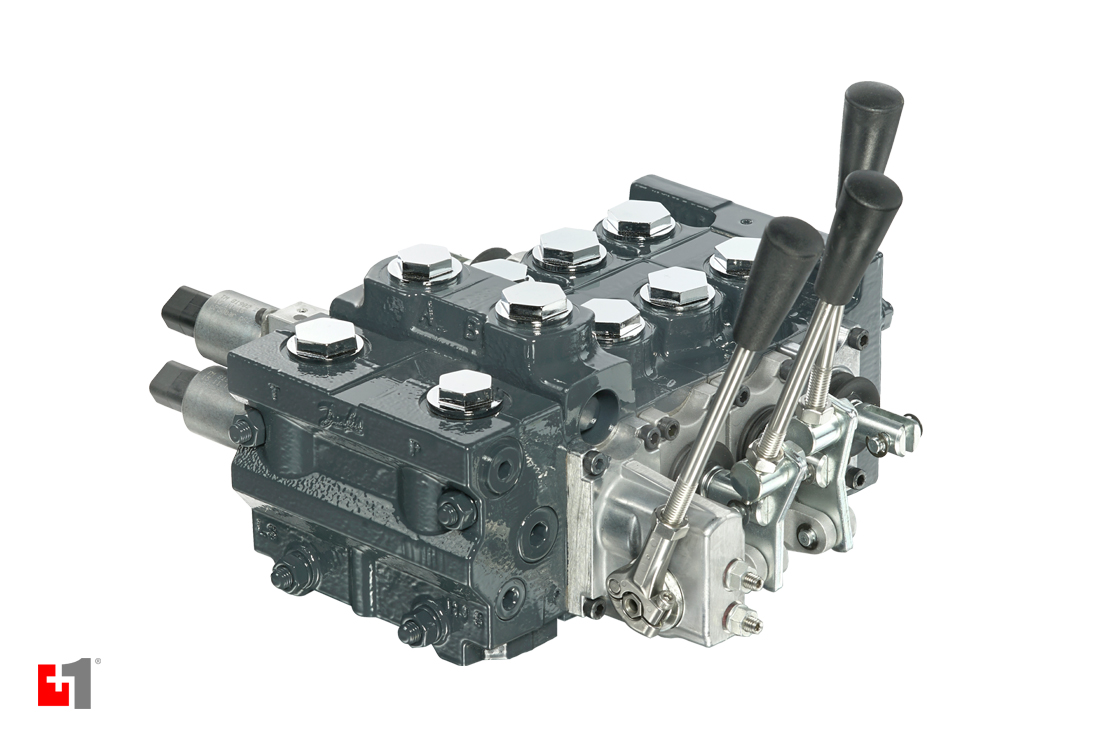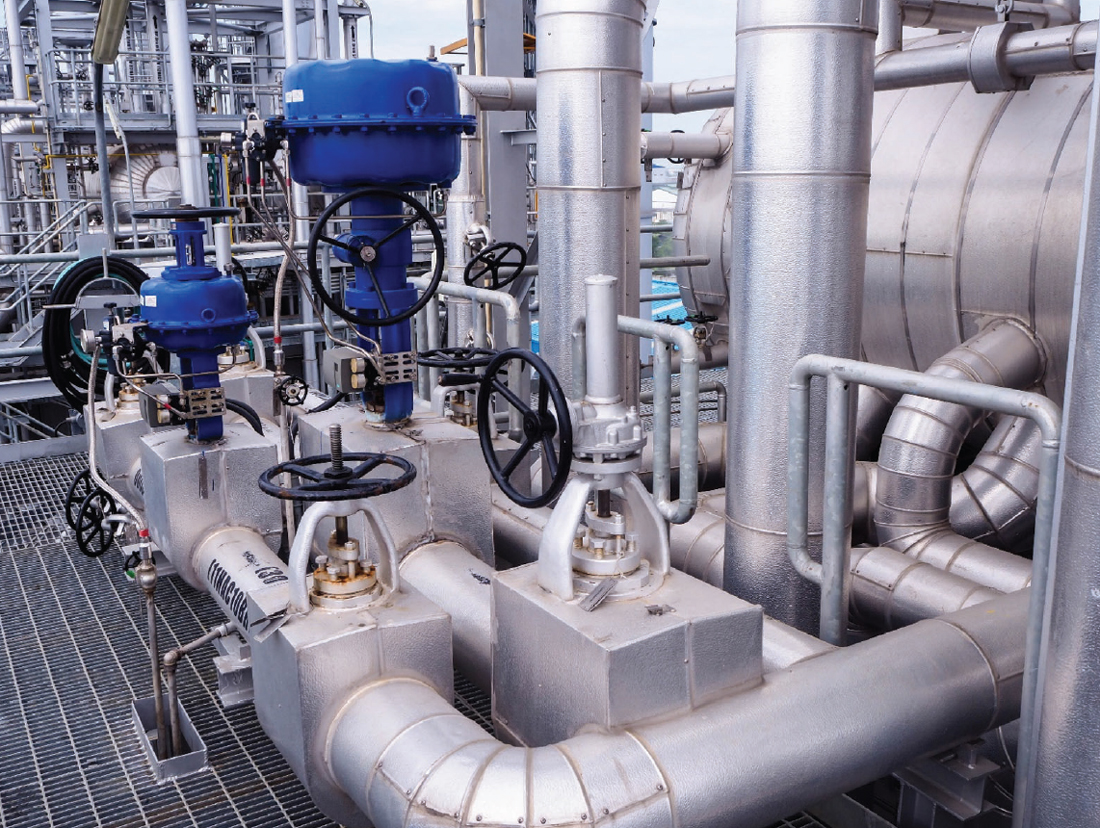Comprehending the Significance of Control Valves in Process Automation
Comprehending the Significance of Control Valves in Process Automation
Blog Article

Maximize Power Savings and Comfort With Advanced Structure Automation Controls
In the world of contemporary style and center monitoring, the assimilation of innovative building automation manages stands as a pivotal advancement. The convergence of innovation and sustainability has birthed a brand-new era where power effectiveness, comfort optimization, and operational streamlining are no more distant desires yet possible facts. By harnessing the power of automation, buildings can adjust, respond, and evolve in methods that were when inconceivable. The possibility for substantial power savings and boosted comfort is not just an opportunity but a pledge waiting to be met. This standard shift in structure monitoring holds the vital to unlocking a globe where ecological conscientiousness and passenger well-being sympathetically exist side-by-side within the walls of our frameworks.
Energy Effectiveness Advantages
Energy effectiveness advantages can considerably decrease energy intake and functional costs in structures. By carrying out energy-efficient practices and innovations, building owners and drivers can accomplish considerable savings while also adding to environmental sustainability. One of the key advantages of improving power performance in structures is the decrease of utility expenses. Energy-efficient systems, such as innovative building automation controls, can optimize making use of resources like cooling, home heating, and lighting, resulting in lower energy expenditures in time.
Additionally, boosted power effectiveness can prolong the life expectancy of structure devices and systems. By running more effectively, HVAC systems, light, and various other structure parts experience much less deterioration, causing minimized maintenance and replacement costs. Furthermore, energy-efficient structures frequently regulate higher residential or commercial property values and rental rates, supplying long-term financial benefits to owners.
Furthermore, energy efficiency can enhance owner comfort and efficiency. Correctly controlled interior settings with optimal illumination and thermal conditions develop an even more helpful and enjoyable work space, causing improved worker fulfillment and efficiency. Generally, the energy efficiency benefits related to sophisticated structure automation controls are multifaceted, including expense financial savings, ecological stewardship, and resident well-being.
Improved Comfort Control
Enhancing convenience control in structure settings requires an advanced integration of sophisticated automation systems for optimal passenger health. By using advanced building automation controls, facilities can customize the indoor environment to meet the certain demands and preferences of residents. control valves.
Enhanced comfort control goes beyond fundamental temperature adjustments. It includes functions such as personalized setups, occupancy sensors, and natural light use to produce a receptive and dynamic atmosphere. By including these sophisticated controls, buildings can not just enhance convenience yet also boost energy effectiveness by enhancing system procedures based on actual occupancy and usage patterns. Ultimately, focusing on passenger comfort through sophisticated automation systems leads to an extra pleasurable and healthier indoor atmosphere.
Operational Effectiveness Improvements

Moreover, the execution of real-time monitoring and analytics devices enables building drivers to determine energy ineffectiveness and functional abnormalities immediately. By continually checking power use patterns and system performance metrics, adjustments can be made in real-time to enhance power usage and make sure peak operational performance. control valves. Additionally, including need response strategies right into structure automation controls can additionally improve operational effectiveness by dynamically adjusting energy use based upon grid conditions and rates signals
Indoor Climate Optimization
Reliable interior climate optimization is a fundamental aspect of building automation controls, making here sure passengers' convenience and health while making the most of power savings. By making use of sophisticated sensing units and controls, building automation systems can continuously readjust and keep an eye on temperature, moisture levels, air quality, and ventilation to produce an optimal indoor atmosphere. Maintaining comfortable and constant problems not only improves owner satisfaction but likewise improves efficiency and total health.
Indoor climate optimization additionally plays an essential function in energy performance. By fine-tuning heating, air conditioning, and ventilation systems based upon real-time information and tenancy patterns, constructing automation controls can dramatically decrease power intake - control valves. For circumstances, executing strategies such as demand-controlled ventilation and thermal zoning can assist lessen power waste while making certain that each area of the structure receives the essential conditioning.

Sustainable Setting Production
Building automation controls not just optimize indoor climate conditions for power performance and owner convenience but likewise lay the foundation for producing a lasting setting with calculated monitoring of sources and systems. By integrating advanced building automation technologies, such as sensing units, actuators, and intelligent software program, centers can check and adjust energy usage in real-time to reduce waste and lower their carbon footprint. These systems make it possible for anticipating upkeep, determining prospective issues prior to they rise and enhancing equipment performance to improve longevity and performance.
Additionally, lasting environment production prolongs beyond power management to incorporate water preservation, waste reduction, and interior air high quality improvement. Building automation controls can control water use, detect leaks, and make certain proper waste disposal techniques, adding to total sustainability efforts. Additionally, by keeping track of and regulating ventilation and filtering systems, these innovations improve owner health and productivity while lowering power usage connected with HVAC operations.
Conclusion
To conclude, advanced building automation regulates offer significant advantages in terms of energy cost savings, comfort control, functional effectiveness, indoor climate optimization, and developing a lasting environment. By executing these controls, structures can accomplish ideal performance while lowering power consumption and improving passenger convenience. It is evident that making use of sophisticated automation innovation is crucial in enhancing structure efficiency and producing an extra lasting future.
Power efficiency benefits can dramatically lower power intake and functional prices in buildings. On the whole, the energy effectiveness advantages connected visit their website with sophisticated structure automation controls are complex, including price savings, ecological stewardship, and passenger wellness.
Additionally, including demand action approaches right into building automation controls can even more enhance functional effectiveness by dynamically readjusting power use based on grid problems and pricing signals.
Structure automation regulates not only optimize interior climate conditions for energy performance and owner comfort however also lay the structure for developing a lasting environment through strategic management of sources and systems.In conclusion, progressed structure automation regulates offer significant advantages in terms of power financial savings, comfort control, operational efficiency, indoor environment optimization, and developing a sustainable atmosphere.
Report this page